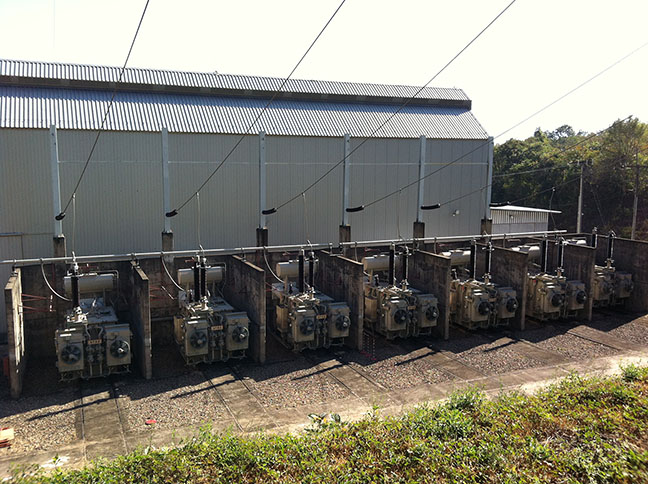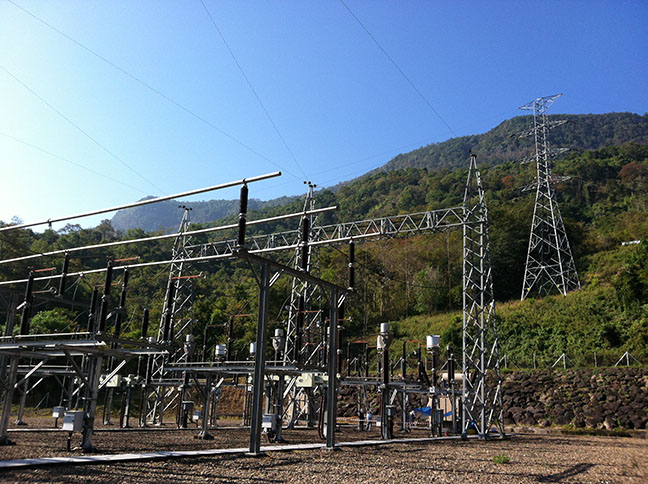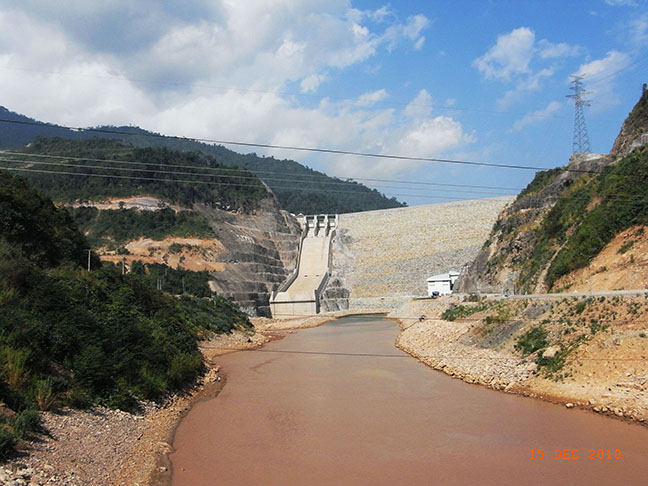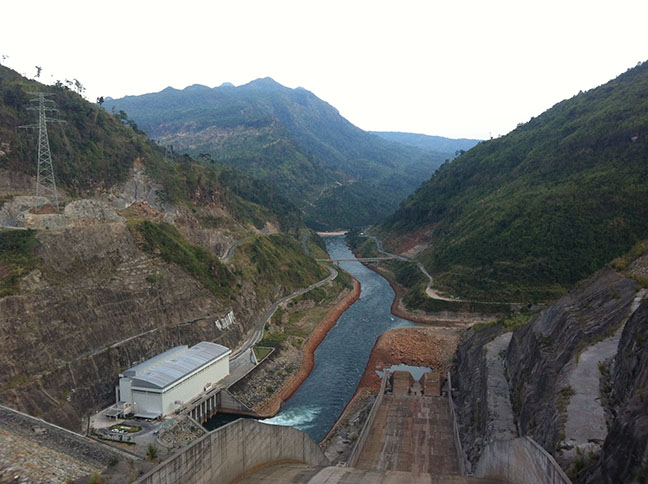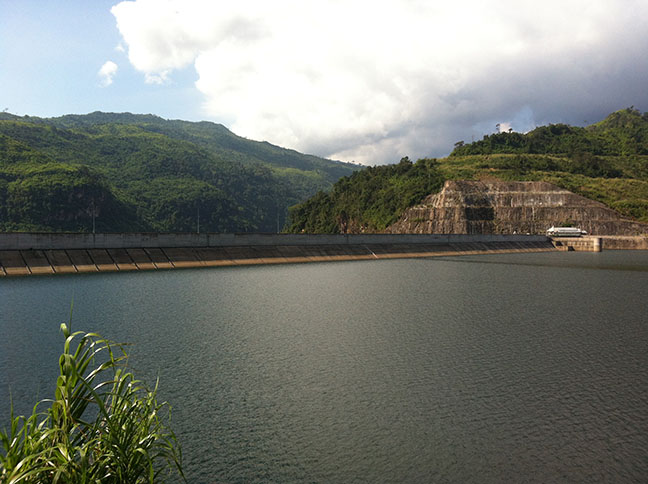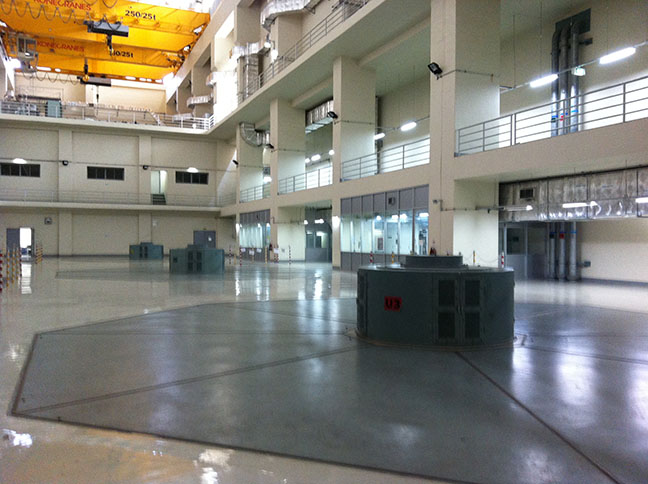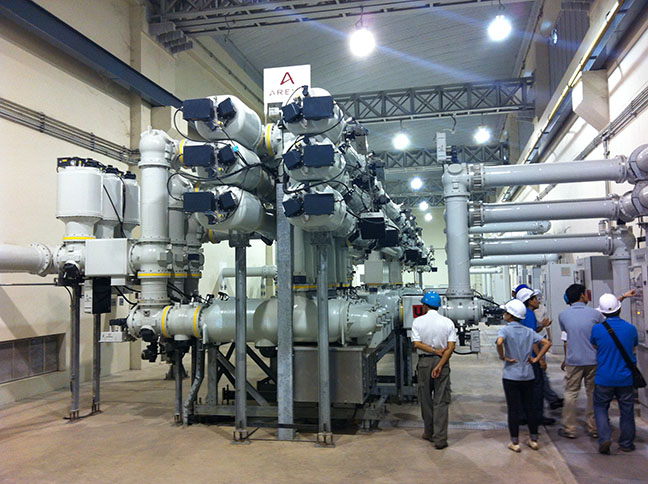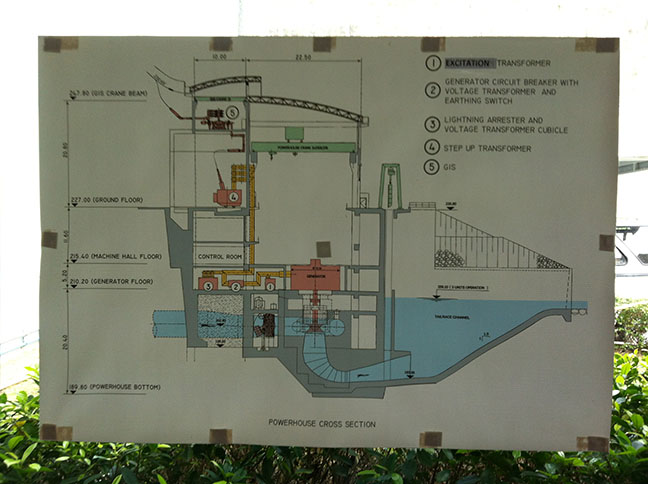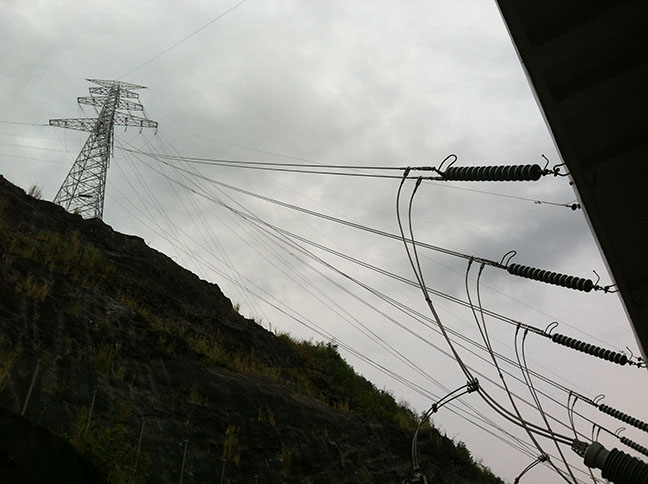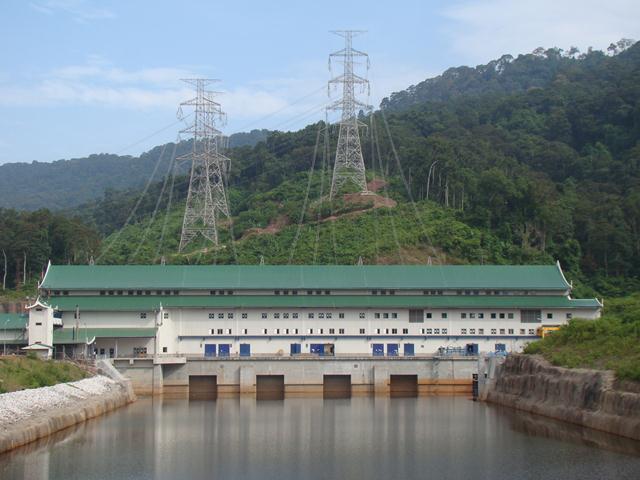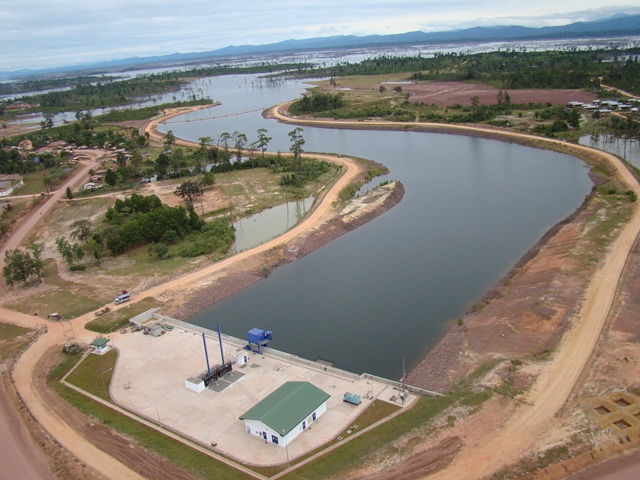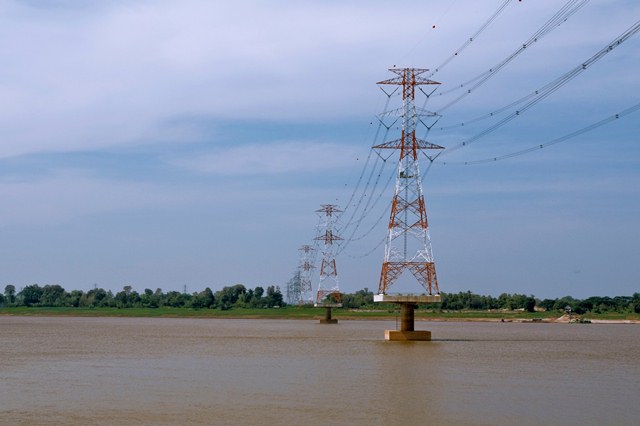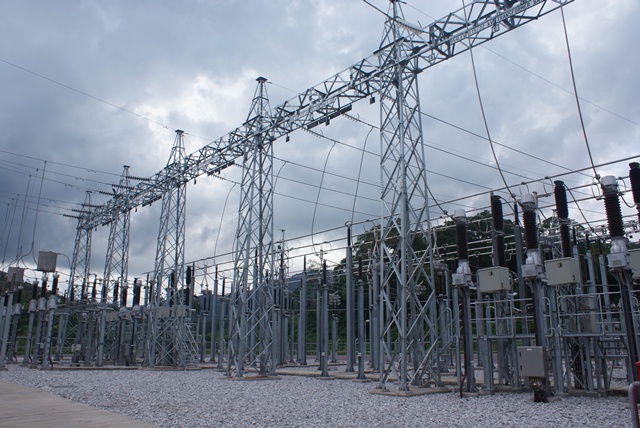1.3 How to play with market players?
How to play with market players?
Talking about the players in the electricity market is just beginning to break the surface of the full story. Electricity markets are made up of many different players on many different levels. This video will detail those different levels, showing you what role the governments, regulators, and other institutions have to play.
Electricity Systems Jargon
Before we start this unit, it’s important that we tackle all the jargon that you often find when diving into conversations about electricity systems. Some of these words may be familiar to you. We are simply introducing them to you in the contexts of electricity systems.
The sale of public companies to private investors
Privatisation has happened on a large scale across Europe over the past two decades. Usually, it is the retail companies or generation companies that are privatised. Most network companies are still owned by the government. There are only a few cases where these have been privatised as well.
Changing the utility structure to create competitors or to unbundle steps of the value chain.
Restructuring deals with the general change of the utility structure. For example, a monopoly system, with one generator and one network company, can be changed into a structure with many competing generators and retail companies. There will be more details about this in the coming week.
Restructuring the system can be performed according to the value chain. For each component in the technical system (generation, transmission or distribution) a different approach can be considered to improve efficiency and decrease costs.
To allow “captive” customers to choose supplier
In most cases, liberalization specifically refers to the final customers. A monopoly supplier providing electricity to consumers leaves no choice for where consumers can purchase their electricity. Liberalization expands the number of generators, giving all consumers the ability to choose their electricity supplier themselves. They may select their supplier based on the source of generation or on the quality of the service.
Ceasing to regulate parts of the sector, such as the opening up of supply franchises
Develop rules required for customer choice in an effectively functioning competitive power industry
Within a new institutional setting, rules and regulations for all utilities in the electricity market must be established. Re-regulation refers to the changing of these rules within the current system. When the objective is to decrease the amount of regulation in the energy sector, this is referred to as deregulation.
Both are often used within the context of restructuring of the market and the introduction of competition in generation. Deregulation reduces the amount government involvement in the industry. However, since the network is still regulated, re-regulation often accompanies this to create rules and standards that every player in the industry can abide by.
Enable all companies to use the essential facilities of transmission and distribution
Even after the generation companies have been liberalised, the networks are still a natural monopoly. Thus, we need to guarantee that every generator is entitled to use the electricity grid to transport electricity to serve the users. This usage should be on a non-discriminatory basis. As a result, network companies cannot set a preference for one generator above another.



